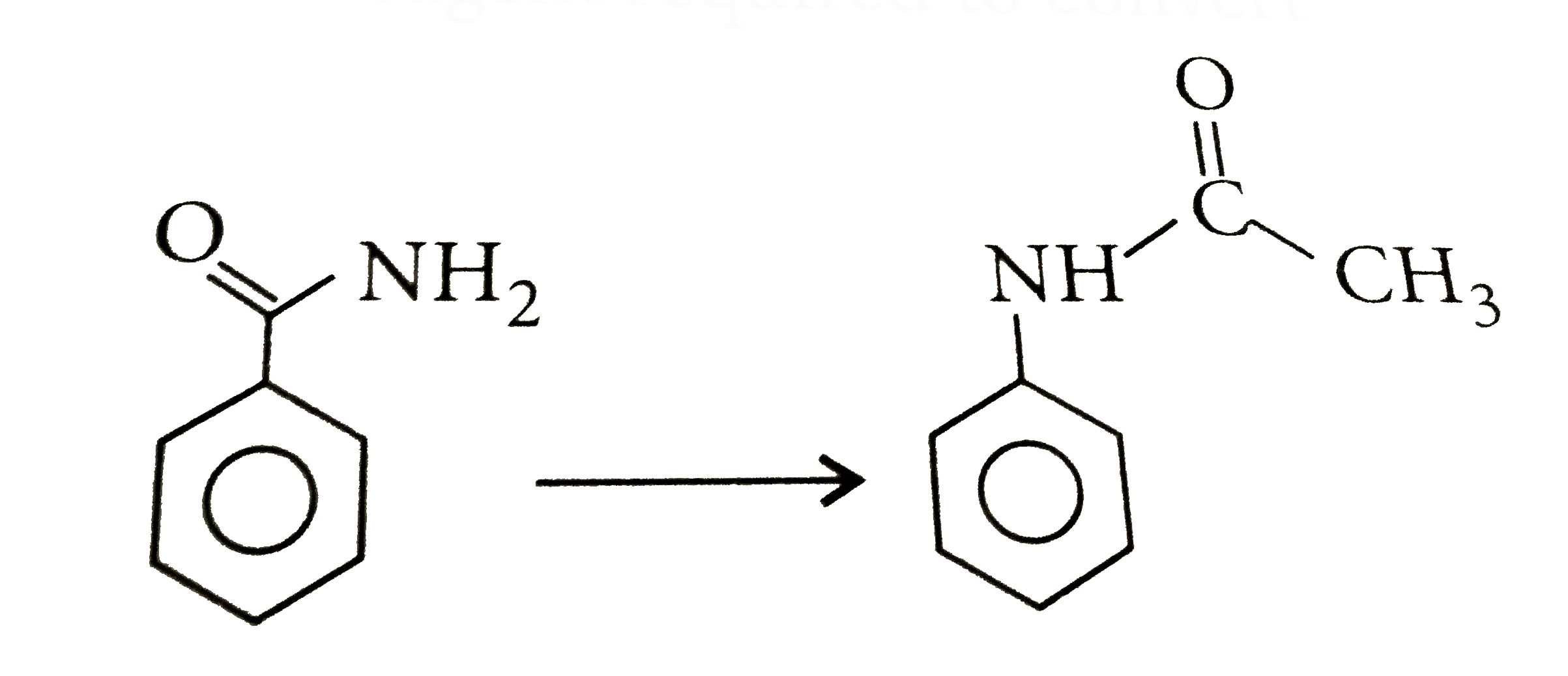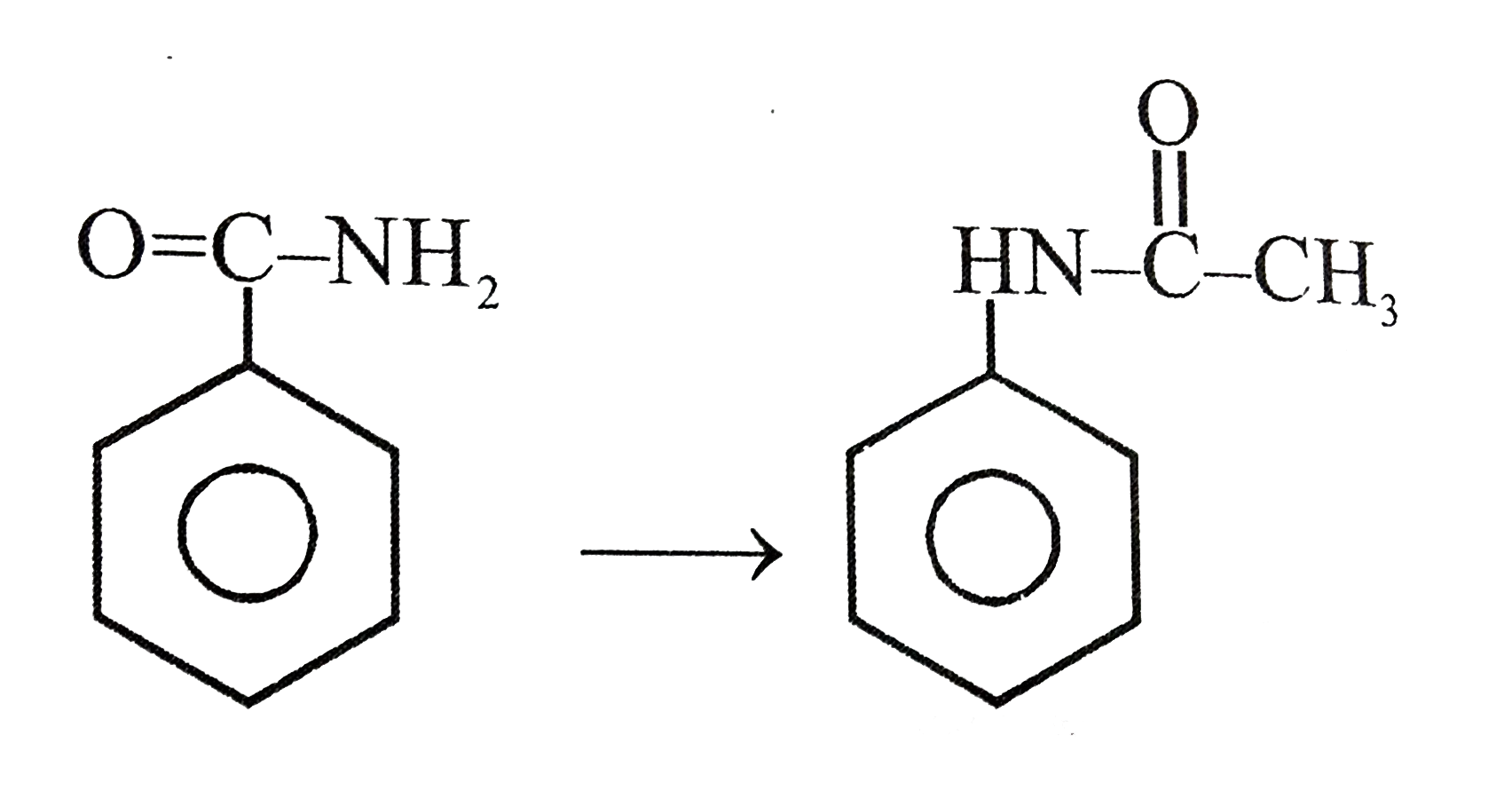The best reagent for converting, 2-phenylpropanamide into 1-phenylethanemine is….
excess
. Methanol
/ ehter
To convert 2-phenylpropanamide into 1-phenylethanamine, we can use the Hofmann degradation reaction. Here’s a step-by-step solution:
Step 1: Understand the Structure
First, we need to understand the structures of the compounds involved.
- 2-phenylpropanamide has the structure:
C6H5C(C(C=O)C)NH2
- 1-phenylethanamine has the structure:
C6H5C(C(NH2)C)H2
Step 2: Identify the Reaction Type
The conversion of an amide to an amine with one less carbon is typically achieved through the Hofmann degradation reaction. In this reaction, the amide is treated with bromine (Br2) in the presence of a strong base (like NaOH).
Step 3: Set Up the Reaction
1. Reactants: 2-phenylpropanamide + Br2 + NaOH
2. Process: The amide reacts with bromine and sodium hydroxide, leading to the formation of an isocyanate intermediate.
Step 4: Formation of Isocyanate
The reaction proceeds as follows:
- The amide reacts with Br2 and NaOH to form an isocyanate intermediate.
- The structure of the isocyanate will be:
C6H5C(NCO)C
Step 5: Hydrolysis of Isocyanate
Upon hydrolysis (adding water), the isocyanate will yield the desired amine (1-phenylethanamine) and carbon dioxide as a byproduct:
- The hydrolysis reaction can be represented as:
R-NCO+H2O→R-NH2+CO2
Step 6: Conclusion
Thus, the best reagent for converting 2-phenylpropanamide into 1-phenylethanamine is Br2 in the presence of NaOH, which is characteristic of the Hofmann degradation reaction.
Final Answer
The best reagent for converting 2-phenylpropanamide into 1-phenylethanamine is Br2 in NaOH.
---
First, we need to understand the structures of the compounds involved.
- 2-phenylpropanamide has the structure:
C6H5C(C(C=O)C)NH2
- 1-phenylethanamine has the structure:
C6H5C(C(NH2)C)H2
The conversion of an amide to an amine with one less carbon is typically achieved through the Hofmann degradation reaction. In this reaction, the amide is treated with bromine (Br2) in the presence of a strong base (like NaOH).
1. Reactants: 2-phenylpropanamide + Br2 + NaOH
2. Process: The amide reacts with bromine and sodium hydroxide, leading to the formation of an isocyanate intermediate.
The reaction proceeds as follows:
- The amide reacts with Br2 and NaOH to form an isocyanate intermediate.
- The structure of the isocyanate will be:
C6H5C(NCO)C
Upon hydrolysis (adding water), the isocyanate will yield the desired amine (1-phenylethanamine) and carbon dioxide as a byproduct:
- The hydrolysis reaction can be represented as:
R-NCO+H2O→R-NH2+CO2
Thus, the best reagent for converting 2-phenylpropanamide into 1-phenylethanamine is Br2 in the presence of NaOH, which is characteristic of the Hofmann degradation reaction.
The best reagent for converting 2-phenylpropanamide into 1-phenylethanamine is Br2 in NaOH.
Topper's Solved these Questions
- BOOK - NCERT FINGERTPS ENGLISHCHAPTER - AMINES EXERCISE - NCERT EXEMPLER PROBLEMS3videos
AMINES
- BOOK - NCERT FINGERTPS ENGLISHCHAPTER - AMINES EXERCISE - ASSERTION & REASON CORNER14videos
AMINES
- BOOK - NCERT FINGERTPS ENGLISHCHAPTER - AMINES EXERCISE - HOTS6videos
AMINES
- BOOK - NCERT FINGERTPS ENGLISHCHAPTER - ALDEHYDES, KETONES AND CARBOXYLIC ACIDSEXERCISE - Assertion And Reason15videos
ALDEHYDES, KETONES AND CARBOXYLIC ACIDS
- BOOK - NCERT FINGERTPS ENGLISHCHAPTER - BIOMOLECULESEXERCISE - Assertion And Reason15videos
BIOMOLECULES
Similar Questions
Knowledge Check
- Question 1 - Select One
The best reagent to convert pent-3-en-2-ol into pent-3-en-2-one is
Aacidic permanganateBacidic dichromateCchromic anhydride in glacial acetic acidDpyridinium chlorochromate.
The reagents used to convert
 View Solution
View SolutionThe reagent needed for converting
 is : View Solution
is : View SolutionThe reagent required to convert
 View Solution
View SolutionThe reagents needed to convert :
 View Solution
View SolutionThe best reagent for converting an alcohol into the corrosponding chloride is
View SolutionWhich of the following is a true nut?
View SolutionWhich of the following is the best reagent to convert 1-Methylcyclohexene into 2-methylcyclohexanol ?
View Solution

